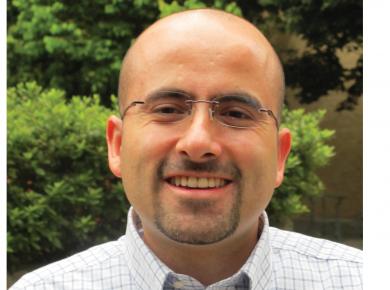Posted: October 26, 2016
How can unity between different nations or communities be achieved? Many methods have been sought since the Tower of Babel times. In that Bible story, the people attempt to achieve unity by having a common vision and a call to work toward the same goal; and as we well know, the endeavour fails.
Having a common narrative is another strategy to create unity. A unified story describing a common and inspiring origin can prove to be a cohesive element. However, it is very difficult to find a stimulating narrative involving various peoples or different cultures.
Another alternative – sometimes attempted in politics and in religion – is to eliminate all differences and promote a single way of viewing life, thus destroying diversity. History has shown us many times the failure this alternative represents.
An option sometimes preached in church circles is to establish a list of beliefs that must be sustained by a group of people in order to clearly determine who belongs in or who is outside of that group. Unfortunately, creeds and confessions of faith have sometimes been used in this sense.
When we consider the outcome of the Global Anabaptist Profile research (GAP), we can ask ourselves the same question: What can facilitate the unity between groups of such diversity within Mennonite World Conference (MWC)?
Over several years, MWC member churches were involved in a research process seeking to reveal who we are as Anabaptists today. In the present issue of Courier, we can see some conclusions indicated by this survey. As one of the articles suggests, such diversity within our global family becomes a unique opportunity for greater unity.
And yet, what makes that unity possible?
It isn’t the text of our Shared Convictions, which emerged in recent years as an expression of our experience of following Jesus in each context. MWC member churches walked in unity without this text for more than 75 years.
Neither is it a question of a common history. Although as Anabaptist churches we identify with the Radical Reformation of the 16th century, clearly, the complexity of the origins of our faith is as amazing as our present diversity.
According to the Scriptures, there is only one possible explanation. The unity of our global community has not been the result of human effort or something that we are able to produce. It is a gift of God that we can enjoy today through the work of the Holy Spirit in our midst. True communion is made possible not by institutional laws and formalities, but by the work of Christ on the cross, where God created a new people including many cultures, races, tribes, and languages.
Today, it is possible to sit down at the same communion table and appreciate the beauty of our diversity only if we do so around the Lamb of God, who is the center of our faith and the foundation of our unity.
Come and celebrate with us the miracle of unity and the beauty of our diversity!
—César García, MWC general secretary, works out of the head office in Bogotá, Colombia.
This article first appeared in Courier/Correo/Courrier, October 2016.

Comments: